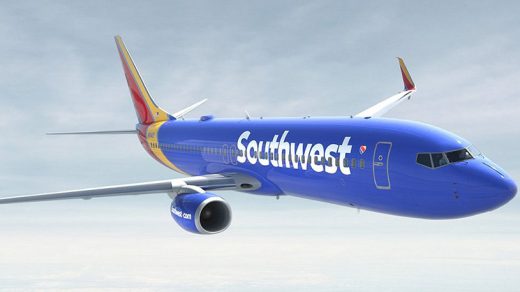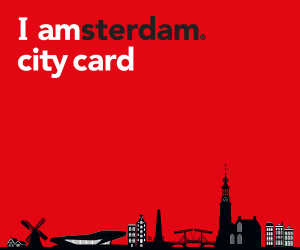Vancouver, a large city on the west coast of Canada, has become an ideal destination for tourists from all over the world due to its diverse geographical landscape, rich cultural background and unique natural environment.
Whether exploring the modern architecture of the city or driving through the surrounding coastline and mountains, self-driving can provide you with a more flexible and private travel experience. However, in order to have a smooth self-driving tour, you must first understand Vancouver’s car rental process, traffic rules and some basic driving requirements.
1. Preparation before renting a car: the first step of self-driving tour in Vancouver
1.1 Basic conditions required for renting a car
When renting a car in Vancouver, first make sure you meet the following basic conditions:
Age requirement: Generally, car rental companies require the renter to be over 21 years old. For young drivers (usually between 21 and 24 years old), the car rental company may charge an additional “young driver fee”.
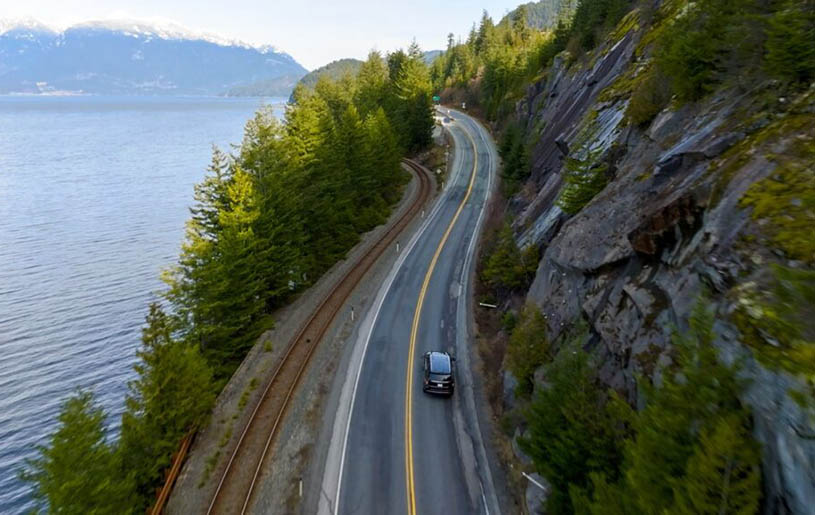
Valid driver’s license: You need to have a valid driver’s license. If you are a foreign tourist and plan to drive in Vancouver, you need to make sure that your driver’s license is legal and valid in Canada.
Credit card: Most car rental companies require the renter to provide a credit card as a payment guarantee. This is usually used to mortgage the rental fee and possible damage costs.
1.2 Common car rental companies and car rental types
There are many international car rental companies and local car rental service providers in Vancouver. Common car rental companies include:
International car rental companies: such as Hertz, Avis, Europcar, Budget, etc. These companies usually have multiple pick-up points at Vancouver Airport and downtown.
Local car rental companies: such as Enterprise, National, etc., provide flexible car rental services.
The types of rental cars are also very diverse, including economy cars, SUVs, luxury cars, seven-seater cars, etc. Choose the right model according to your needs and budget. For most tourists, economy cars and SUVs are the most common choices.
1.3 Documents and procedures required for car rental
When renting a car, you will need to provide the following documents:
Valid driver’s license: As mentioned above, make sure your driver’s license is valid in Vancouver.
Credit card: There needs to be enough credit on the credit card to pre-authorize the rental fee.
Passport or other identification: If you are a foreign tourist, you usually need to provide a passport as identity verification.
When renting a car, make sure to check the appearance and condition of the vehicle, especially existing scratches and damage, which can avoid disputes when returning the car.
1.4 Prices and insurance for car rentals in Vancouver
The rental price varies according to the season, model, rental period and rental company. The rental price in Vancouver usually ranges from 30 Canadian dollars to 100 Canadian dollars.
Insurance is a very important part of renting a car, and usually includes:
Basic insurance: Usually provided by the rental company, but may only cover part of the loss. Make sure you understand the specific terms of the insurance.
Completely guaranteed insurance (CDW): Provides you with comprehensive protection, covering risks such as vehicle damage and theft.
Third-party liability insurance: If you cause damage to others or their property in a traffic accident, third-party liability insurance will provide you with protection.
2. Driving Basics: Traffic Rules in Vancouver
2.1 Driver’s license requirements and age limits
Vancouver’s driver’s license requirements are basically the same as those in other provinces in Canada. If you are a foreign tourist, you can drive with a valid driver’s license, but it is best to bring an international driver’s license or a translation to avoid language and communication problems. In terms of age, the minimum age for renting a car is usually 21 years old, but in some cases (especially young drivers), the rental company may charge additional fees for drivers under 25 years old.
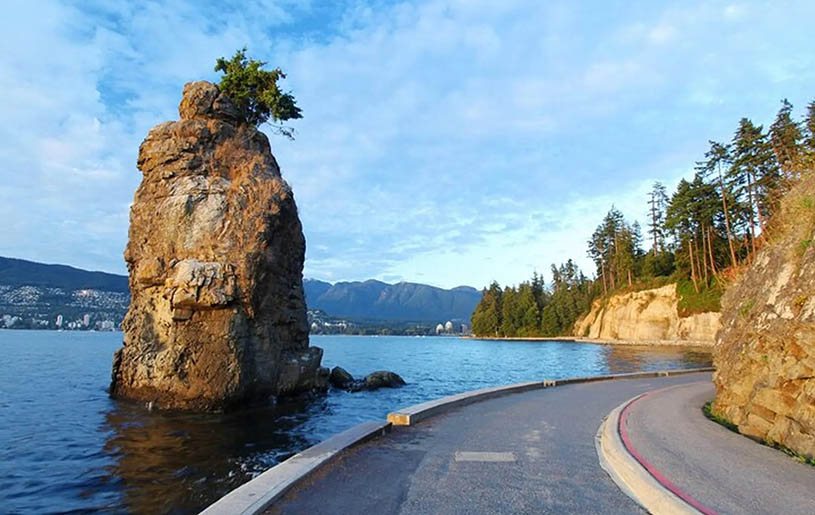
2.2 Driver’s seat and traffic direction
Vancouver’s driver’s seat is on the left and the driving direction is on the right, which is the same as in the United States and most countries. Therefore, foreign tourists usually do not face difficulties in adapting to the driver’s seat position.
2.3 Speed Limits and Road Signs
The speed limits on Vancouver roads are usually:
Urban areas: 50 km/h
Highways: 100 km/h (120 km/h in some areas)
Road signs in Canada are generally consistent with international road signs, but there are some specific signs and signs to pay attention to. For example, there are some special speed limit signs in Vancouver, especially near schools or residential areas.
2.4 Traffic Light and Pedestrian Rules
Traffic light rules are strictly followed in Vancouver. When the traffic light turns red, all vehicles must stop until the light turns green. In particular, sidewalks and crosswalks often have the right of way, and drivers must stop to yield to pedestrians crossing the road.
2.5 Drunk Driving Laws and Penalties
Drunk driving laws in Vancouver and throughout Canada are very strict. It is illegal to drive with a blood alcohol concentration (BAC) of more than 0.08%. In Canada, the penalties for drunk driving include high fines, license suspension, and even imprisonment.
2.6 Pay attention to signs and parking rules
Parking regulations in downtown Vancouver are strict, and many places have time-limited parking or no parking signs. Make sure to check parking signs carefully and comply with all parking restrictions. Parking spaces may be tight, especially in the city center, so it is recommended to use public transportation or find parking lots through the navigation system when renting a car.
3. Special situations and emergency handling
3.1 How to deal with traffic accidents
In Vancouver, if a traffic accident occurs, first ensure your own safety and check if there are any injuries. Then, call the police and record relevant information about the accident. If you have an insurance company, you can call to report the accident. It is necessary to provide the accident report and police record when making an insurance claim.
3.2 How to deal with traffic checks
In Canada, the police have the right to conduct random traffic checks. If you are asked to stop and accept the inspection, stay calm, provide your driver’s license, registration documents and insurance proof, and follow the instructions of the police. Usually, the police will conduct a simple identity check to ensure that you meet the driving requirements.
3.3 Emergency Assistance and Insurance Claims
If you encounter a breakdown or accident while driving in Vancouver, many car rental companies provide 24-hour emergency assistance services. At this time, you can call the phone number provided by the car rental company to report the situation and get help.
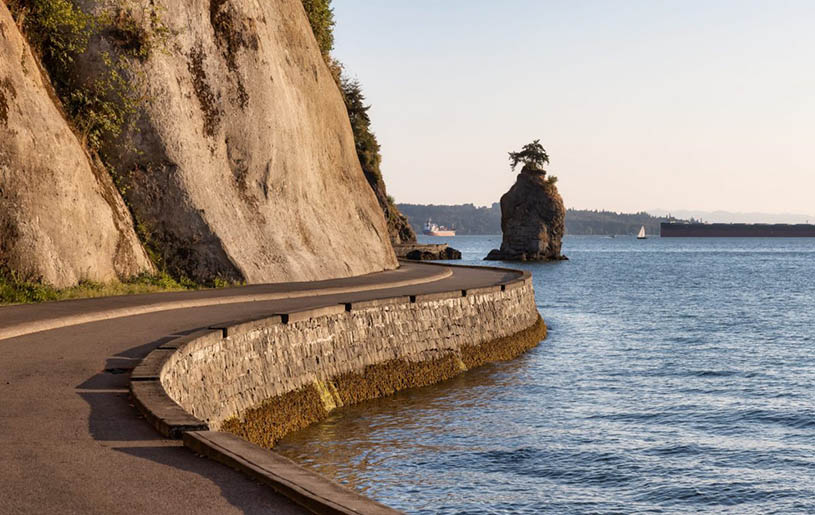
4. Traffic rules details and etiquette
4.1 Roundabouts and left turn rules
In Vancouver, roundabouts are a common form of traffic. When entering a roundabout, you need to give way to vehicles that have already entered, especially those on the right. You also need to pay special attention to the left turn rules. The left turn signals at different intersections are different. Follow the road signs.
4.2 Hand gestures and signals when driving
Canadian driving gestures and signals are consistent with international standards. When you need to turn or stop, make sure to use turn signals or hand gestures to notify other drivers in advance.
4.3 Night driving and driving safety tips
When driving at night, make sure to use headlights, especially in areas without street lights. Try to avoid looking directly at the bright light vehicles in front of you for a long time, and maintain a proper distance and attention.
5. Recommended self-driving routes around Vancouver
5.1 Self-driving route from Vancouver to Whistler
Whistler is the most popular ski resort near Vancouver. Self-driving tours start from Vancouver and go along the famous Sea-to-Sky Highway, where you can enjoy the coastline, mountains and forests along the way. The drive takes about 1.5 to 2 hours.
5.2 Self-driving route from Vancouver to Victoria
The self-driving route from Vancouver to Victoria can be connected by BC Ferries. You can take a ferry from Vancouver to Vancouver Island and then continue your self-driving tour of Victoria’s natural scenery and historical sites.
5.3 Self-driving trip to explore Vancouver Island
Vancouver Island not only has charming beaches and forests, but also rich cultural and historical sites. You can choose to self-drive around the island to explore different natural landscapes and cultural experiences.
6. Vancouver car rental tips: avoid common car rental traps
6.1 How to choose the right car rental insurance
Choosing the right car rental insurance is very important to ensure your travel safety. When purchasing insurance, make sure all potential risks are covered and understand the details of various types of insurance.
6.2 List of Rental Fees and Surcharges
Before renting a car, understand the rental company’s fee structure to avoid hidden fees. Surcharges include additional insurance premiums, young driver surcharges, additional driver fees, etc.
6.3 Timing of Booking and Pickup
Booking a rental car in advance usually offers better prices and more options. When picking up the car, check the condition of the vehicle and make sure the rental company provides a detailed handover record.
Self-driving in Vancouver is a very fun travel experience that allows you to freely explore the natural beauty of the city and its surroundings. By understanding and complying with local traffic rules and choosing the right car rental company and insurance plan, your self-driving trip will be smoother and more enjoyable. Remember to drive safely and enjoy the beauty of Vancouver!

